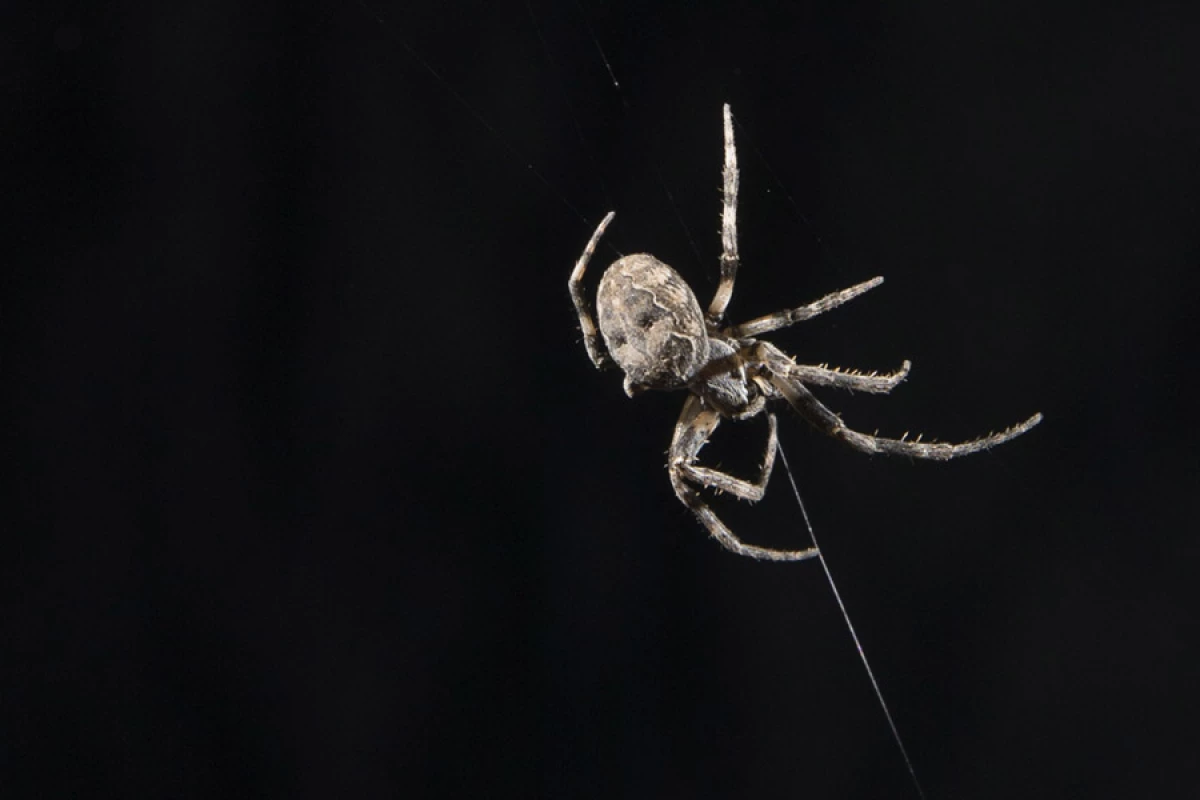
Scientists studying orb weaving spiders have found that they can use their webs as auditory arrays to extend their sense of hearing. Jonathan Cohen/Binghamton University
–
By Nick Lavars
Such is the slenderness and sensitivity of spider silk that a single strand of it can reveal the movement of vibrating air particles within a sound wave. This differs from the way the human body detects sounds, and in a 2017 study, scientists at Binghamton University leveraged these very fine movements to create a makeshift, highly sensitive microphone.
“The spider is really a natural demonstration that this is a viable way to sense sound using viscous forces in the air on thin fibers,” said mechanical engineer Ron Miles. “If it works in nature, maybe we should have a closer look at it.”
Miles and fellow scientists at Binghamton University have continued to delve into the way spider silk could be used to detect sound, in hope of developing more sophisticated microphones for use in everything from hearing aids to cell phones. Their latest experiments involved collected orb-weaving spiders from around campus and having them spin webs inside moveable rectangular frames.
The scientists then used a laser vibrometer to measure the motion of the web in response to sounds at 1,000 different locations, creating a broader picture of how the web moves when subjected to the tiny vibrating air particles. They then looked to study the behavior of the spider in the web, to determine if, or how, it was reacting to different sounds.
“Of course, the real question is, if the web is moving like that, does the spider hear using it?” Miles said. “That’s a hard question to answer.”
The team came up with a clever experiment to resolve this question, positioning a small speaker around 2 mm (0.8 in) away from the web plane, and 5 cm (2 in) away from the web’s center where the spider sits. This meant sound traveled toward the spider both via the air where it quickly died out, and along its web where it arrived with little attenuation, reaching the spider at levels of around 68 decibels.
Four out of 12 spiders were found to respond to the sounds that traveled via the web, with the data proving that indeed the spiders were hearing via this medium.
“I’ve been working on this research for five years,” said study author Junpeng Lai. “That’s a long time, and it’s great to see all these efforts will become something that everybody can read.”
In some of the experiments, the spiders were also observed crouching and stretching, which the scientists believe may be a way of tuning their webs to pick up sounds at different frequencies. Spiders are already known to respond when something vibrates their web, such as a fly or other prey, and the scientists suspect these newfound capabilities may be an extension of that warning system to detect not just potential prey but predators as well.
The research was published in the journal Proceedings of the National Academy of Sciences, while you can hear from the scientists in the video below.
–
Source: Binghamton University
–
–




















